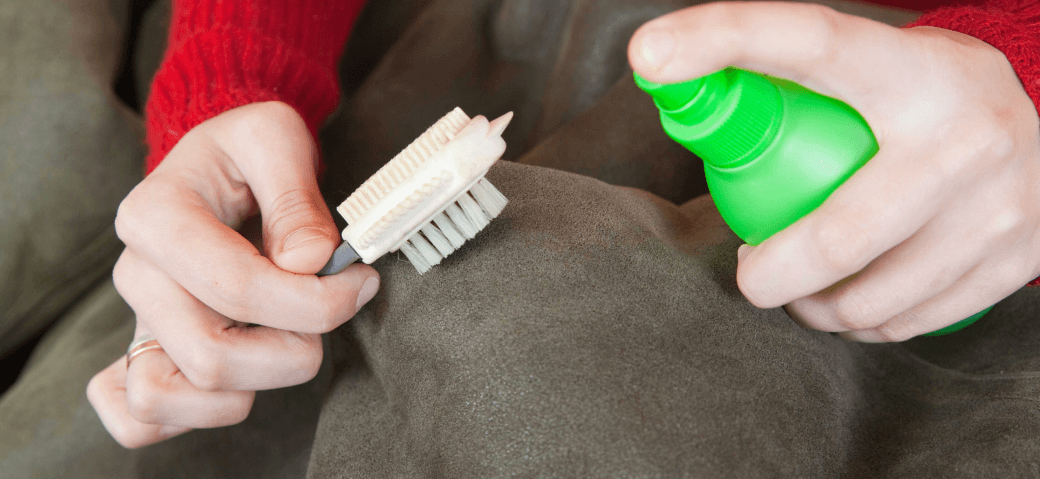Before we start on how to remove mold from mattress,
What Is Mattress Mold?
Mold is a type of fungus that grows in damp or humid environments. It can appear as a black, green, or white substance and often has a musty or moldy smell. Mold is common in homes and can grow on a variety of surfaces, including walls, ceilings, and furniture.
One place where mold often grows is on mattresses, as the warm and humid environment is perfect for its growth. Mold on a mattress can be caused by a variety of factors, including:
-
High humidity:
Mold thrives in humid environments, so if the humidity in your bedroom is above 50%, it can increase the risk of mold growth on your mattress.

-
Poor ventilation:
If your bedroom is poorly ventilated, it can increase the humidity and create a breeding ground for mold.
-
Water damage:
If your mattress has been exposed to water, such as from a leaky roof or plumbing issue, it can increase the risk of mold growth.
-
Perspiration:
If you sweat heavily while sleeping, it can create a moist environment on your mattress that is conducive to mold growth.
-
Lack of cleaning:
If you don’t clean your mattress regularly, it can accumulate dirt, sweat, and other substances that can contribute to mold growth.
Mold on a mattress can cause a range of health problems, including respiratory issues, allergies, and skin irritation. If you notice mold on your mattress, it’s important to remove it as soon as possible to prevent further contamination and health risks.
How to Get Rid Of Mold On Mattress?
To remove mold from a mattress, follow these steps:
- Remove any bedding or linens from the mattress and wash them in hot water with detergent. Dry them completely. This will remove any visible mold spores and prevent them from spreading to other parts of your home.
- Vacuum the mattress thoroughly to remove any loose mold spores. Pay extra attention to crevices and seams, as these are common areas for mold to grow.
- Mix a solution of equal parts water and white vinegar in a spray bottle. Lightly mist the surface of the mattress with the solution. The acidity of the vinegar will help to kill the mold and prevent it from growing back.
- Allow the solution to sit on the mattress for at least 15 minutes to allow the vinegar to penetrate the mold and kill it.
- Use a scrub brush or sponge to scrub the surface of the mattress, working the solution into the fabric. Be sure to scrub all areas of the mattress, including crevices and seams, to ensure that all of the mold is removed.
- Rinse the mattress with clean water and a clean cloth, removing as much of the vinegar solution as possible.
- Allow the mattress to air dry completely. This may take several hours or even a full day, depending on the humidity and temperature in your home. Avoid using a hair dryer or other heat source to speed up the drying process, as this could damage the mattress.
- If the mold is still present or if the smell of mold persists, you may need to repeat the process or use a commercial mold remover according to the manufacturer’s instructions. Be sure to follow the instructions carefully, as some mold removers contain harsh chemicals that can be harmful if not used properly.
- Once the mattress is dry, you can place a protective cover over it to help prevent future mold growth. Mattress covers are inexpensive and can be easily removed and washed when needed.

It’s important to note that mold can cause respiratory problems and other health issues, so it’s important to take the proper precautions when removing it. Wear a face mask and gloves to protect yourself, and make sure the room is well-ventilated. If the mold problem is extensive or if you have allergies or sensitivities to mold, it may be best to hire a professional to handle your mattress cleaning in Singapore job.
By following these steps, you can effectively remove mold from your mattress and protect your health and the health of your family. Remember to check for mold regularly and take action as soon as you notice it to prevent it from becoming a bigger problem.












